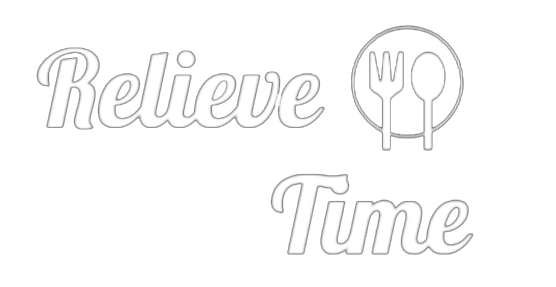5 of the Best Four-Equal-Parts Cocktails to Make Right Now
There’s some serious beauty to be found in the simplicity of the four-equal-parts cocktail. The formula is thought to have originated with the Last Word, a pre-Prohibition-era drink combining equal portions of gin, green Chartreuse, Maraschino liqueur, and fresh lime juice. The cocktail has gone on to serve as the inspiration for a multitude of riffs, including those created by industry vets that are now modern classics in their own right, and beyond — just take a look at the Riffinator, a compilation of over 70 equal-portions cocktails that includes creations like the Bad Word, the Final Word, the Safe Word, the Widow’s Word, and more.
These cocktails aren’t just easy to remember, they’re also easy to make. So long as you have the ingredients memorized, it’s full steam ahead from there. So prep your spirits, liqueurs, and juices and check out five of the best four-equal-parts cocktails below.
The Last Word
The Last Word first appeared on the menu at the Detroit Athletic Club in 1916, but it wasn’t until Murray Stenson rediscovered it in the early 2010s that it became popular. The cocktail gave rise to the spirit-citrus-sweet liqueur-herbal liqueur combination that has now been replicated in drinks like the Paper Plane and the Naked and Famous. The combination of gin, lime juice, green Chartreuse, and Maraschino liqueur is vibrant and an ideal balance between tart, bitter, and sweet flavors.
The Corpse Reviver No. 2
Named for its alleged ability to kill a hangover (and revive the body), the Corpse Reviver No. 2 first appeared in 1930 in Harry Craddock’s iconic “Savoy Cocktail Book.” Originally calling for an equal amount of gin, Kina Lillet, Cointreau, and lemon juice, the cocktail’s recipe has since shifted to call for Lillet Blanc as Kina was discontinued in 1986. But many bartenders choose to use Cocchi Americano — or a 50/50 split between Cocchi and Lillet Blanc — to be closer to the original spec. Perhaps setting apart the Corpse Reviver No. 2 from other four-equal-parts cocktails is the inclusion of an absinthe rinse, which provides the drink with hints of licorice and anise notes.
The Blood and Sand
Named for the 1922 bullfighting film “Blood and Sand,” the Blood and Sand is another cocktail that first appeared in Craddock’s 1930 “Savoy Cocktail Book.” It’s one of the few classics made with Scotch, which is paired with Cherry Heering and sweet vermouth. The three spirits form the boozy base to which fresh orange juice is added. And while sweet and smoky in its original four-equal-parts format, we find adding a quarter-ounce of lemon juice brings a bit more balance to the cocktail.
The Paper Plane
Created by bartender Sam Ross (who also invented the Penicillin), the Paper Plane was first made in 2008 at the the now-shuttered Violet Hour in Chicago. Named for M.I.A.’s chart-topping single “Paper Planes,” the drink features bourbon, Aperol, Amaro Nonino, and fresh lemon juice — though its original build was made with Campari in place of Aperol. The bittersweet orange liqueur makes for a better inclusion, balancing Nonino’s bitter candied fruit notes.
The Naked and Famous
There’s riffs on cocktails, and then there’s riffs on riffs. The Naked and Famous falls into the latter category, having been described by its creator Joaquín Simó as “the bastard love child of the Last Word and the Paper Plane conceived in the mountains of Oaxaca.” The cocktail deploys mezcal at its base (hence the Oaxaca comment), borrows Aperol from the Paper Plane, and swaps the Last Word’s green Chartreuse for its yellow counterpart. Finished off with a squeeze of fresh lime juice, the Naked and Famous is an ideal medley of smoke, citrus, and botanicals.
The article 5 of the Best Four-Equal-Parts Cocktails to Make Right Now appeared first on VinePair.
